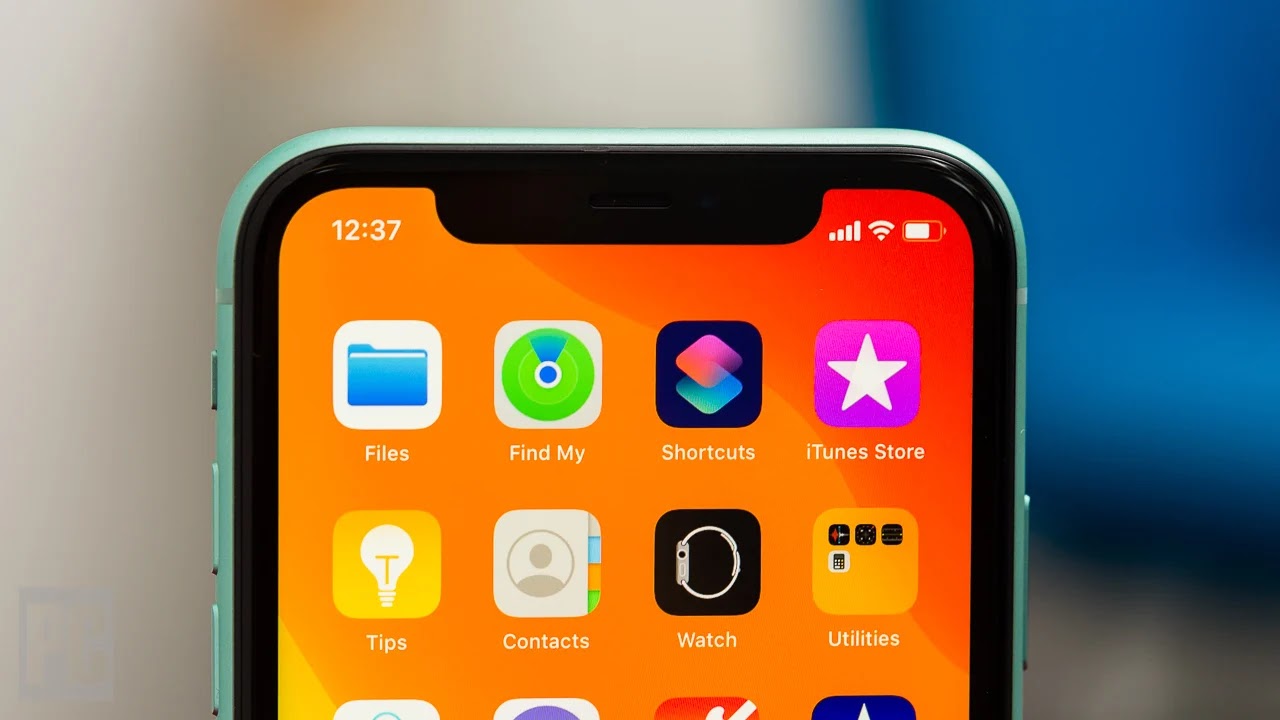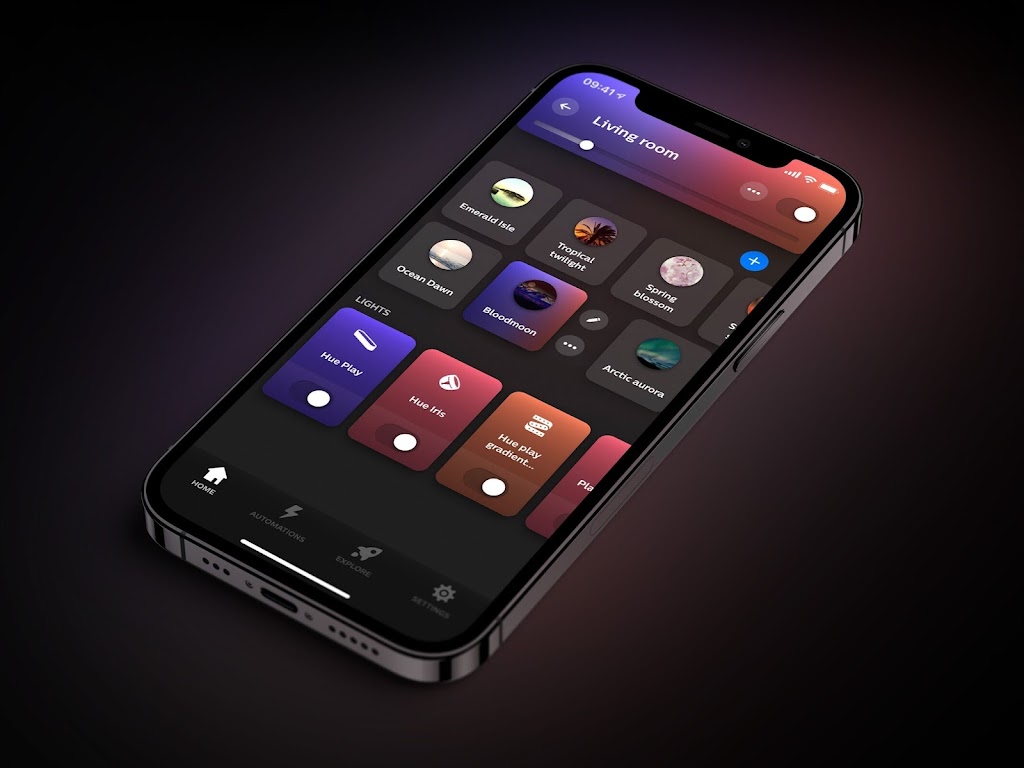Apple has provided clarity regarding the recent issues surrounding iPhone web apps, also known as Progressive Web Apps (PWAs), in the European Union (EU). Following reports of PWAs losing functionality after the installation of the latest iOS betas, Apple has updated its website to offer insight into the situation.
The company has attributed the changes to the new EU regulation, the Digital Markets Act (DMA), stating that compliance complexities related to allowing different browser engines are at the core of the issue.
The alterations initially caught attention when security researcher Tommy Mysk and Open Web Advocacy noted PWAs being downgraded to website shortcuts with the release of iOS 17.4 beta. Concerns arose over whether this was a beta bug or a deliberate move to undermine PWA functionality in the EU, where Apple faces regulatory pressure to permit alternative app stores and browser engines. Notably, PWAs no longer operated as native iOS apps, lacking features such as dedicated windowing, notifications, and long-term local storage.
While TechCrunch’s inquiries to Apple for clarification went unanswered, The Verge later reported on the potential intentional nature of the changes. Apple has now responded via its website, indicating that complying with the DMA necessitated significant iOS modifications, making continued support for PWAs unfeasible.
Traditionally, iOS supported Home Screen web apps using WebKit, Safari’s browser engine, ensuring alignment with native app security and privacy models. However, with the DMA mandating alternative browser engines, Apple contends that maintaining security measures for non-WebKit-based web apps would require a new integration architecture. This, coupled with low user adoption of Home Screen web apps, led to the removal of the feature in the EU.
Apple assures EU users that they can still access websites from their Home Screen through bookmarks, addressing developers’ concerns about PWA functionality. While acknowledging potential impact, the company regrets any inconvenience resulting from the compliance-driven changes.
Critics argue that Apple’s actions reflect a desire to retain control over the iOS app ecosystem, while defenders view the explanation as a reasonable measure to safeguard user security. As discussions continue, the nuances of the situation suggest a complex interplay between regulatory compliance and user experience within Apple’s ecosystem.







